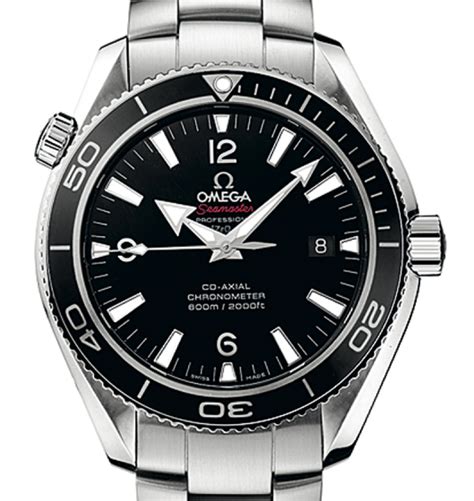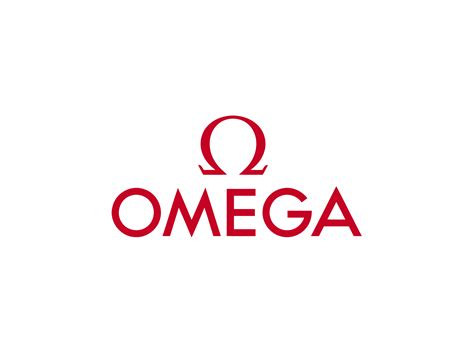What is OMEGA Co-Axial?
The Omega Co-Axial is a type of movement used in Omega watches. Co-Axial refers to the arrangement of the escapement in the movement, which was developed by English watchmaker George Daniels and later adapted by Omega. The Co-Axial movement is known for its accuracy, reliability, and reduced need for maintenance.
Omega first introduced the Co-Axial movement in 1999, and it has since become a hallmark of the brand. The Co-Axial escapement allows for less friction in the movement, resulting in more precise timekeeping and longer service intervals compared to traditional movements. The escapement also reduces the need for lubrication, making the movement more durable over time.
In addition to its accuracy and reliability, the Co-Axial movement is also visually distinctive. Many Omega watches feature a transparent caseback, which allows the wearer to view the Co-Axial movement in action.
Omega has continued to innovate with the Co-Axial movement, introducing new features such as anti-magnetic and chronometer certifications. Today, many of Omega's most popular watches feature Co-Axial movements, including the Speedmaster, Seamaster, and Constellation collections.
Overall, the Omega Co-Axial is a significant technological advancement in watchmaking, and it continues to be a major selling point for Omega watches.
Frequently Asked Questions about omega co-axial
The Co-axial escapement operates through a system of three pallets that’s separates the locking feature from the impulse. This is done via a pushing action, instead of the sliding action as seen in the traditional Swiss lever escapement.
A co-axial, in the most basic terms, is an escapement mechanism. The escapement is one of the most crucial parts of a watch. It's like the heart of the movement. But, more specifically, the escapement determines the speed at which the energy releases from the mainspring.
The smaller contact surfaces and the pushing motion, as opposed to the lever escapement's sliding motion, significantly reduce the friction in the escapement; thus there is less wear and tear on the lubrication, resulting in longer service intervals (allowing a watch to last longer).
The coaxial escapement is a type of modern watch escapement mechanism invented by English watchmaker George Daniels in 1976 and patented in 1980. It is one of the few watch escapements which have been invented in modern times and is used in most of the mechanical watch models currently produced by Omega SA.
Coaxial cable is used as a transmission line for radio frequency signals. Its applications include feedlines connecting radio transmitters and receivers to their antennas, computer network (e.g., Ethernet) connections, digital audio (S/PDIF), and distribution of cable television signals.
1999
1999: OMEGA introduces the Co-Axial watch escapement | OMEGA US®
In terms of accuracy, both brands deliver exceptionally precise timepieces, which have a chronometer title. But in terms of accuracy, Omega wins over Rolex as they make both mechanical and quartz watches, which quartz tends to be more accurate than other watch movements.
The two functions of all escapements, Swiss lever or Co-Axial, are to lock and unlock the gear train and receive and transmit impulses from the balance. In the Swiss lever escapement, both pallets have to perform the lock/unlock and impulse functions.
An OMEGA automatic movement uses springs and gears, self‑winding with each of your movements to power your watch, while the advanced Co‑Axial escapement regulates the tension, allowing for increased durability.
1999
1999: OMEGA introduces the Co-Axial watch escapement | OMEGA US®
Coaxial cable is commonly used by cable operators, telephone companies, and internet providers worldwide to convey data, video, and voice communications to customers. It has also been used extensively within homes.
TV sockets are used to provide the connection between a television or signal receiver and the cable that runs to the aerial. This is why they are commonly referred to as aerial or coaxial sockets and are typically found in most homes as well as commercial premises.
Coaxial cable received its name because it includes one physical channel that carries the signal surrounded by another concentric physical channel, both running along the same axis. The innermost channel is typically a copper wire, which is then surrounded by a layer of insulation between it and the outer channel.
Coaxial cable was used in the first (1858) and following transatlantic cable installations, but its theory was not described until 1880 by English physicist, engineer, and mathematician Oliver Heaviside, who patented the design in that year (British patent No. 1,407).

















